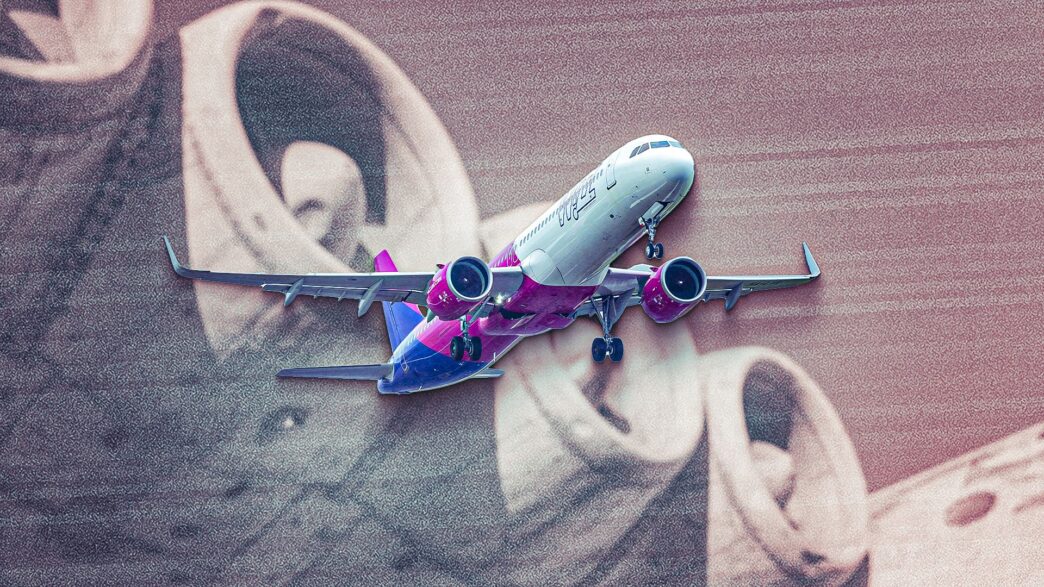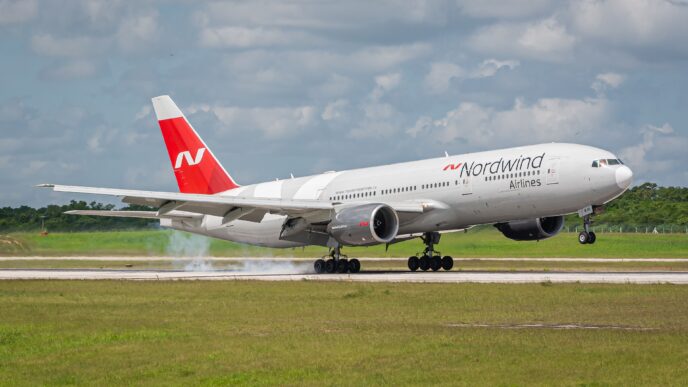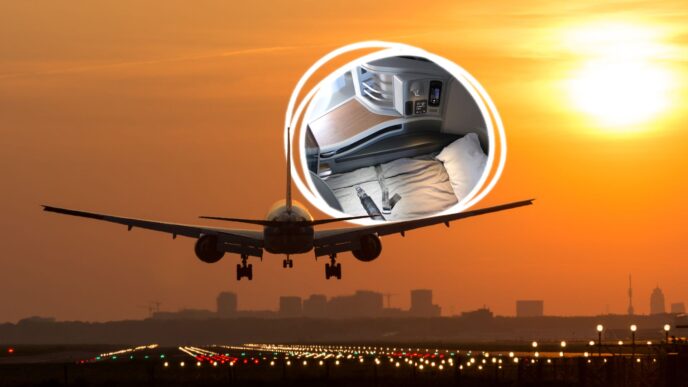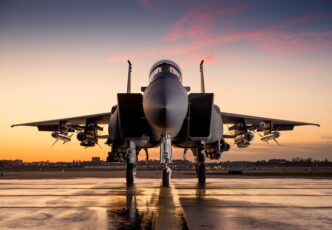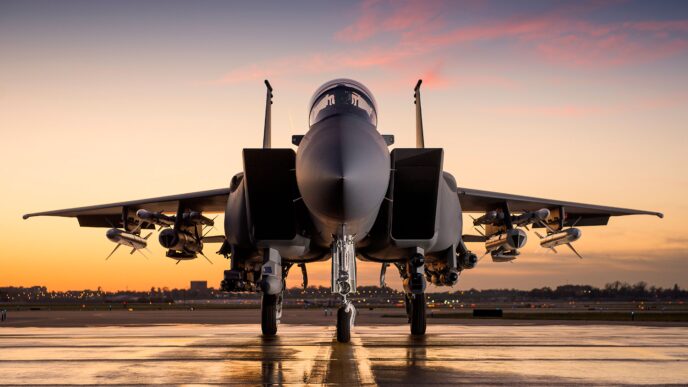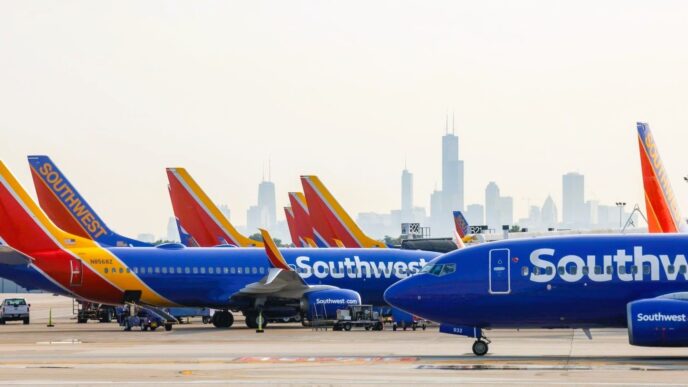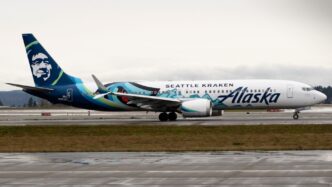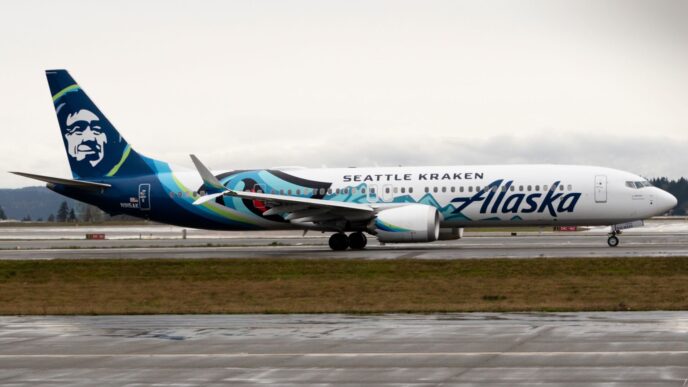The tragic crashes of the Boeing 737 MAX in 2018 and 2019 sent ripples throughout the aviation world, affecting not just Boeing but also its competitors like Airbus. The aftermath of these incidents is still evident today, with the FAA keeping a close watch on Boeing’s 737 production and holding back the type certificates for the MAX 7 and MAX 10 models. This loss of trust in Boeing might also be playing a role in the delays surrounding the certification of the 777X. Back in 2019, there were concerns that Airbus’s A320/321neo models might face similar issues. Investigations did uncover potential problems with the Airbus A321neo that could lead to excessive pitch in certain simulated conditions, but Airbus swiftly addressed these concerns.
The Airbus A321neo, a popular choice in the mid-sized aircraft category, first took to the skies in 2017. As a stretched version of the A320neo family, it has become a favorite among airlines, especially with its extended range capabilities. The standard A321neo can travel up to 3,500 nautical miles, but with additional fuel tanks, the A321LR can reach 4,000 nautical miles, and the A321XLR can go even further to 4,700 nautical miles. This range versatility has allowed the A321neo to fill the gap left by the discontinued Boeing 757. Meanwhile, Boeing has been slow to introduce a new mid-sized aircraft, tentatively named the Boeing 797. The A321neo can seat up to 244 passengers, with a typical two-class configuration accommodating 180 to 220 passengers. It boasts a 20% reduction in fuel burn and emissions per seat compared to older models, making it an environmentally friendly option. IndiGo is the largest operator of the A321neo, with a massive order book, while other airlines like AirAsia and Wizz Air, along with leasing companies, have also embraced this aircraft.
When it comes to engines, the Airbus A321neo offers flexibility. Unlike the Boeing 737 MAX, which exclusively uses the CFM International LEAP-1B engines, the A321neo can be equipped with either the LEAP-1A or the PW100G-JM engines. The LEAP-1A provides a thrust range of 24,500–35,000 lbf, slightly more powerful than the MAX’s engines. The LEAP engine family, a collaboration between GE and Safran, is renowned for its success and also powers China’s COMAC C919 with the LEAP-1C variant. This adaptability in engine choice is one of the many reasons the A321neo continues to be a top pick for airlines worldwide.
#AviationNews #AirbusA321neo #Boeing737MAX
Originally reported by Simple Flying Read More

